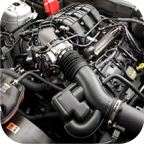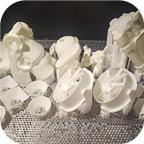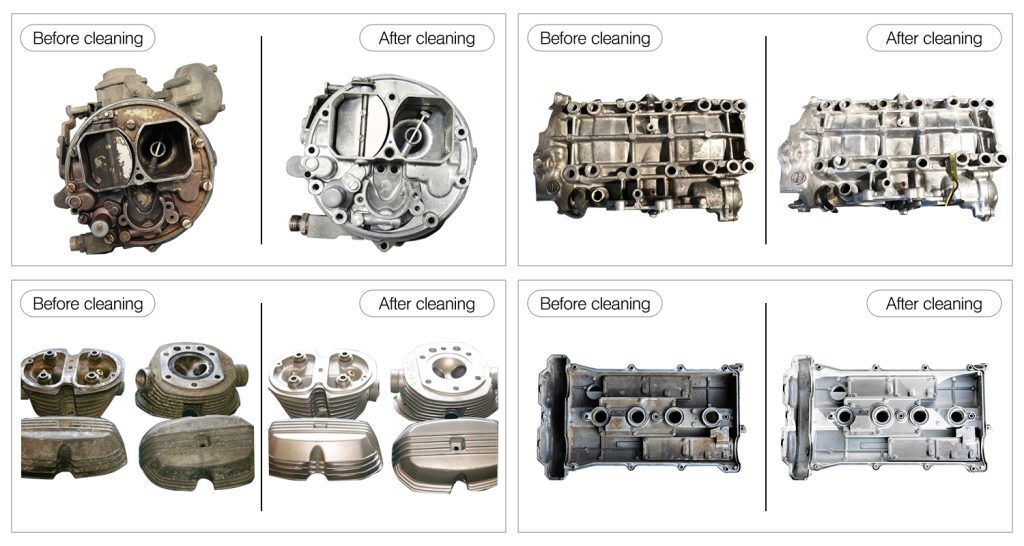Ultrasonic Cleaner Explained
Browse Volume:83 Classify:Support
There’s something quietly magical about dropping a grimy object into an ultrasonic bath and watching imperceptible ripples turn dirt into clarity. It feels like a soft whisper of technology doing the heavy work—with no elbow grease and zero scrubbing. Whether it’s a gold ring, a camera lens, or dentist tools, ultrasonic cleaners hover between household convenience and industrial precision.
But what exactly is happening behind that stainless steel lid? Why does water, sound, and a bit of detergent suddenly become a microscopic power-wash? And is every cleaning need suited for ultrasonic tech—or should you stick with soap and water?
Let’s go beneath the surface and uncover what makes ultrasonic cleaners tick.
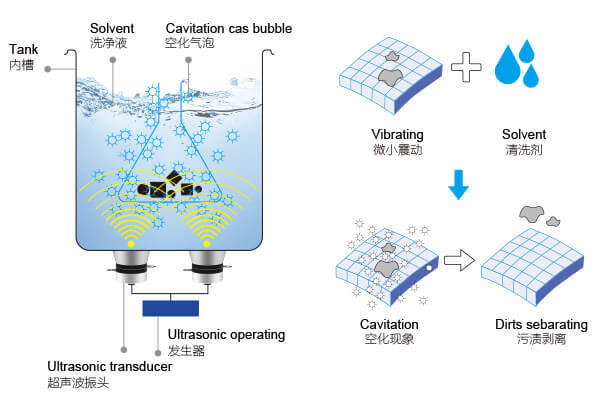
The Principle Behind Ultrasonic Cleaning
The Science Behind Ultrasonic Cleaning
At the heart of every ultrasonic cleaner is the cavitation effect—science jargon that simply means “tiny bubbles that scrub.” A waveform passes through the cleaning solution (usually water with detergent) via a transducer, creating microscopic vacuum pockets that implode near any surface submerged in the tank. The result? A gentle yet powerful cleaning force capable of removing scum, oils, biofilm, and contaminants invisible to the naked eye.
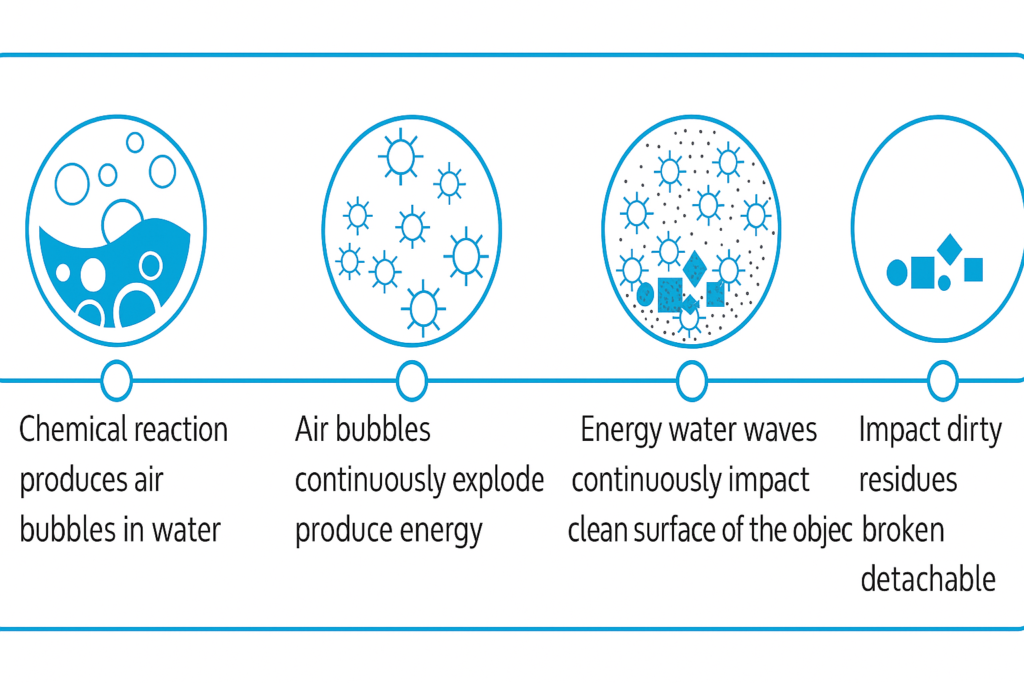
Cavitation Principle
While brushing removes surface dirt, cavitation dives into crevices few brushes can reach—like a whisper reaching every hidden corner. And the best part is, it’s mechanical, not chemical. So when the bubbles collapse, they don’t damage hard surfaces, yet they clean parts manual methods can’t.
Key Components of an Ultrasonic Cleaner
Imagine the ideal cleaner in three parts:
The Transducer and Generator
These convert electricity into ultrasonic waves. High-quality machines use piezoelectric transducers that produce steady, uniform signals. Cheaper units may have inconsistent waveforms or poor coupling, which weakens the cleaning effect over time.
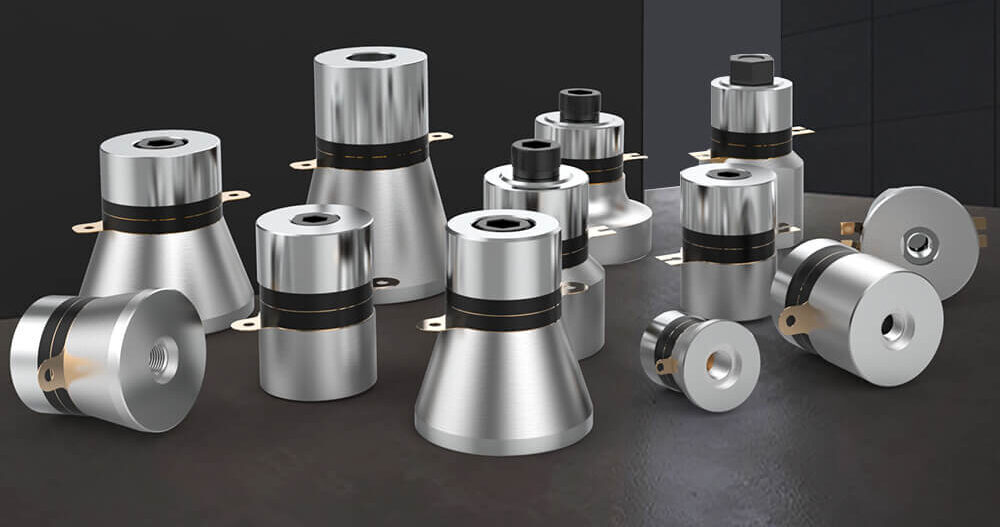
Ultrasonic Cleaner Spare Parts Transducer
The Cleaning Tank
Typically made of 304 or 316-grade stainless steel—not only to resist corrosion but also to reflect ultrasonic waves inward, maximizing cavitation. Proper tank thickness and weld quality prevent resonance loss and cracking.

Ultrasonic Cleaner Spare Parts Cleaning Tank
Temperature, Timer, and Features
A heater tip and digital timer allow precise control over cleaning cycles—essential for delicate items or multi-part jobs. Extras like degassing modes or sweep frequency enhance performance, especially in professional settings.
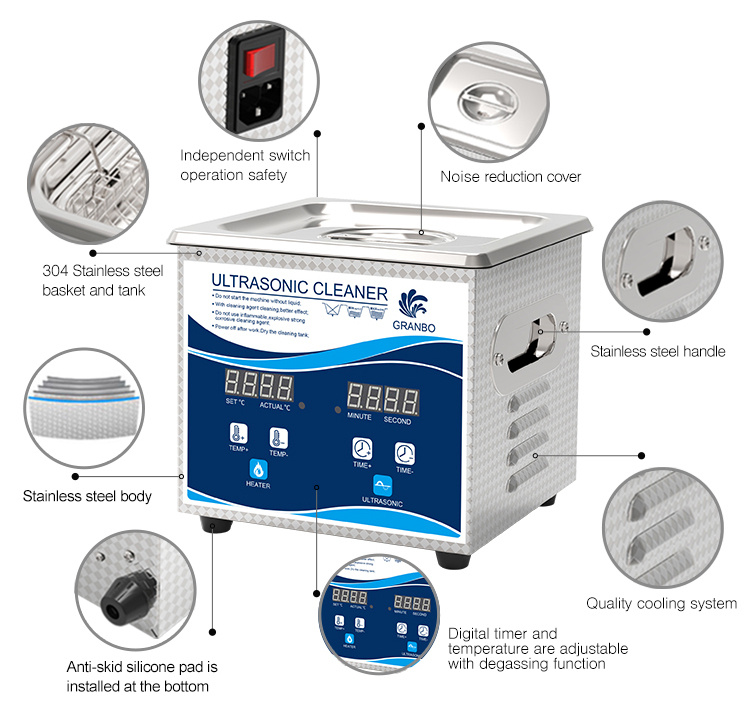
Together, these components create a finely tuned system—less like brute-force cleaning and more like orchestrated sonic symphony.
How Frequency, Power, and Temperature Work Together
There’s a sweet spot in ultrasonic cleaning where frequency, power, and heat align for peak efficacy:
- Frequency: Lower (25–40 kHz) creates larger bubbles and bigger cleaning bubbles; higher (60–130 kHz) produces finer bubbles, ideal for delicate surfaces.
- Power Density: The ratio of watts to tank volume—too low and the cleaning is weak; too high and it may damage delicate parts.
- Temperature: Heated baths (40–60 °C) allow detergents to break down grease and lift contaminants more quickly.
Quality machines allow you to balance these variables. Poorly designed units often compromise one or more—leading to lackluster results.
Types of Ultrasonic Cleaners and Their Applications
Ultrasonic cleaners are found in every field—from backyard tinkering to aerospace manufacturing.
Common Household Uses
Cleaning eyeglasses, jewelry, watchbands, dentures, vape parts—basically anything small and intricate. Most home units run at ~40 kHz and have a capacity of 0.5–3 L with a basic timer.
Dental, Medical, and Laboratory Models
These use sweep frequency, heated tanks, and often have larger capacities (3–10 L). They also undergo regular validation under standards like ISO 15883 to ensure consistent decontamination and cleaning.
Industrial and Automotive Systems
With massive tanks, filtration loops, high power density, and even explosion-proof features—these systems handle engine parts, industrial molds, and aerospace components.
What Ultrasonic Cleaners Can—and Can’t—Clean
What they can do: remove oils, greases, adhesives, paint residue, blood, flux, solder paste, and particulate from metals and glass. They’re excellent at reaching crevices, threading, and layered surfaces.
What they can’t handle: glued assemblies, fragile gemstones like opals, wood, leather, fixed electronics, or delicate coatings—especially if you’re unsure about material compatibility. And no, ultrasonic cleaning doesn’t sterilize—it’s a pre-cleaning step, not a disinfecting stopper.
Choosing the Right Cleaning Solution
The best results come from the right detergent. Enzyme-based solutions tackle proteins and biofilm; alkaline detergents lift oils and grease; neutral pH solutions protect delicate metals. Mismatched or DIY mixtures may foam excessively, reduce cavitation, or damage both the machine and your items. Stick with reputable manufacturers.
Maintenance and Longevity Tips
Just as your cleaning machine cleans, it needs cleaning. Over time, sediment settles, cavitation reduces if the tank becomes coated, and transducers weaken. To keep them healthy:
- Drain and rinse after every session
- Wipe the tank with a soft cloth
- Run a short “plain water” cycle weekly
- Degas new solutions before adding items
- Descale occasionally with diluted vinegar
Proper upkeep preserves performance and protects your investment.
 Granbo Sonic
Granbo Sonic





